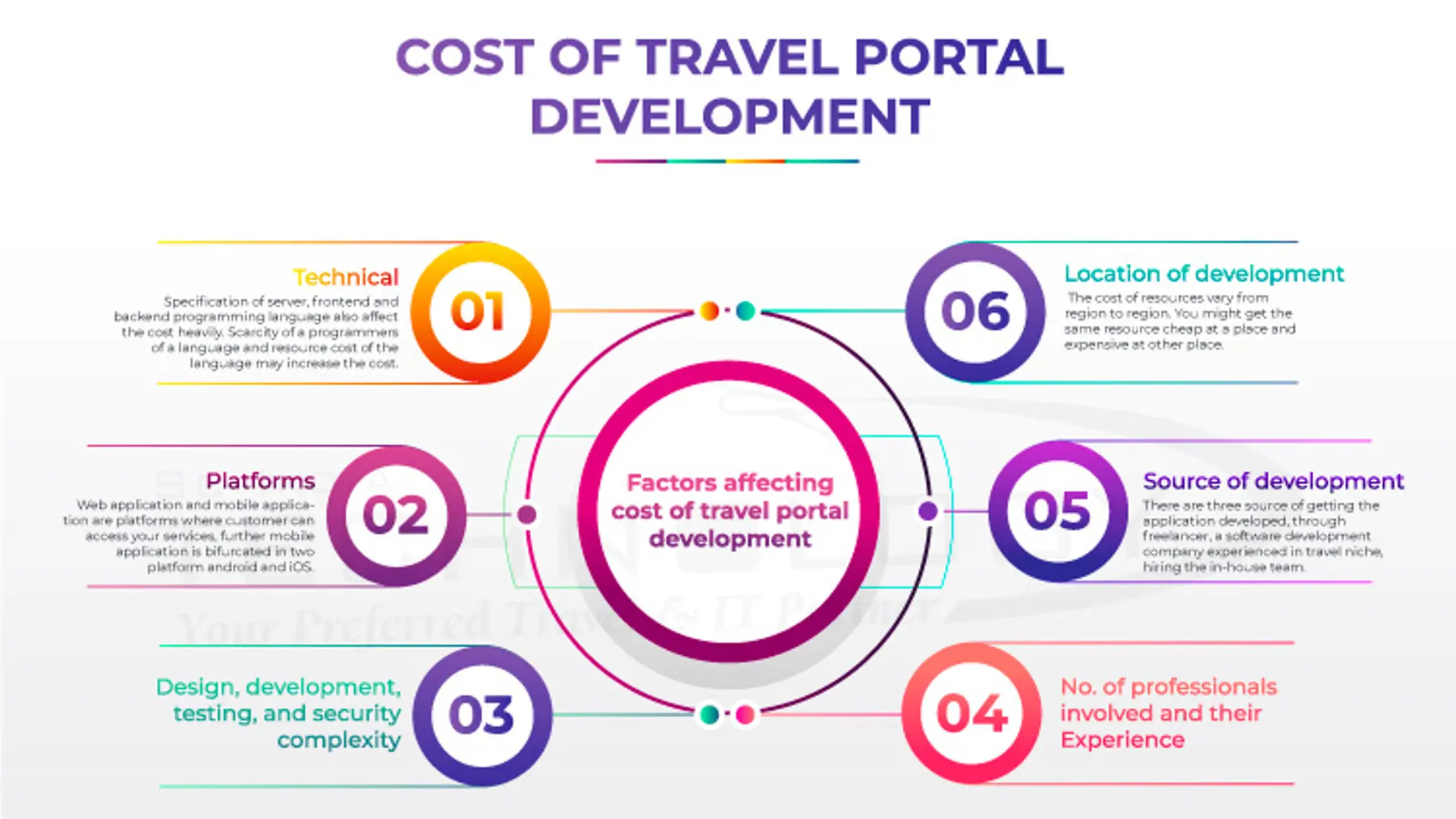

How To Overcome Communication Barriers in Remote Teams: 5 Simple Steps
Communication is an important factor that either makes or breaks a remote team. Hence, it is crucial to strategize ways to improve communication, overcome communication barriers, and enhance team accountability. Here are 5 ways to do so.
Adjusting to the groove of working remotely might not be easy initially, especially when you are working with a team. Designing your environment for work and using the correct set of tools can help you transition into remote work more easily.
An efficient remote work structure not just helps in boosting productivity but also helps in improving work satisfaction.
However, remote work comes with its own set of challenges. From communication barriers, isolation, interruptions, and overwork, remote work challenges are inevitable.
And when you are working with a remote team or managing one, communication proves to be the most important factor that either makes or breaks a remote team.
Effective communication is the key to successful remote work.
When information isn’t dispersed properly, confusion among team members regarding accountability and collaboration is bound to arise.
Hence, it is crucial to strategize ways to improve communication, overcome communication barriers, and enhance team accountability among remote teams.
Effective Ways To Overcome Communication Barrier in Remote Teams
1. Conduct efficient meetings
Meetings are a vital component in any organization and are even more significant for remote teams. It is essential to conduct effective meetings either through phone calls or video conferences that convey necessary information, goals, targets, and provide space for discussion. Teams who have regular meetings and one on ones, communicate, and coordinate better.
2. Make information accessible
Easy information access keeps all the team members on the same page and ensures an efficient flow of information. You can facilitate easy information access by using collaborative tools like Slack for instant messaging, project management tools like Trello for better coordination, and other productively tools for improving team productivity.
3. Schedule meetings at times that work for everyone
If members of your team work in different time zones, it is essential to discuss and schedule meetings at times that work for everyone. If someone isn’t able to attend the meeting, record the meeting and share it with them.
4. Create better engagement among team members
Isolation is another critical factor that employees deal with when working remotely. And when teams are new to remote working, proper engagement methods are essential to ensure that team members aren’t feeling isolated. Engagement methods could take the form of a casual group discussion, a fun web conference, team building exercises, exciting brainstorming activities, and other creative ways to engage with members.
The goal is to build and maintain a connection between team members. And regular catching up through exciting activities is the way to go.
5. Have clear goals and action items
Proper recorded goals and action items designate tasks to each team member and strengthen accountability. Doing so eliminates confusion and helps in getting things done without delay.
Conclusion
Whether you are a new remote worker or have been working remotely for a while, you must communicate effectively with your team members and use proper tools to ensure efficient coordination, collaboration, and information flow.
When managed well, remote teams lead to faster and efficient workflow, increased productivity, reduced cost, and overall exciting experience.







